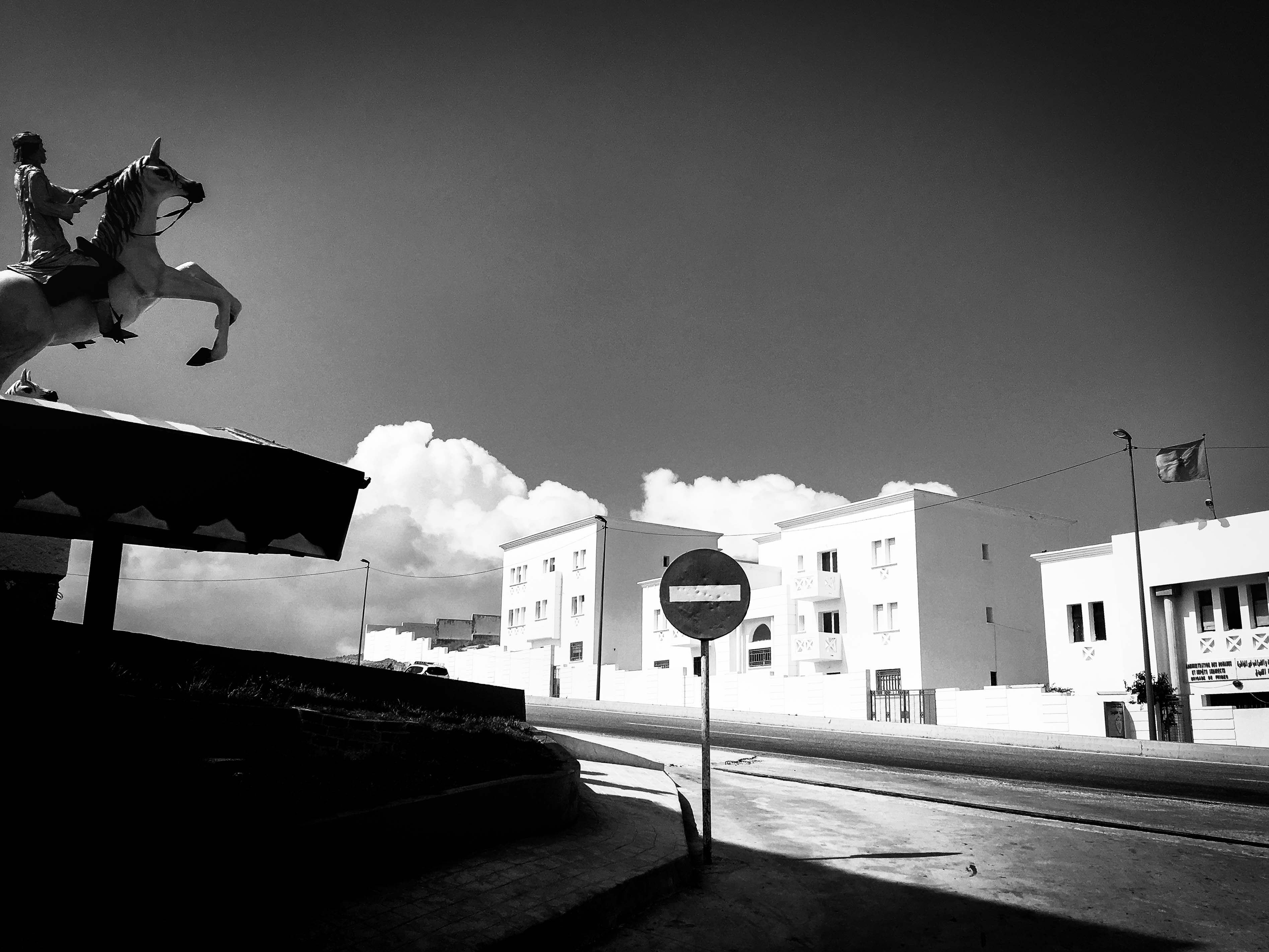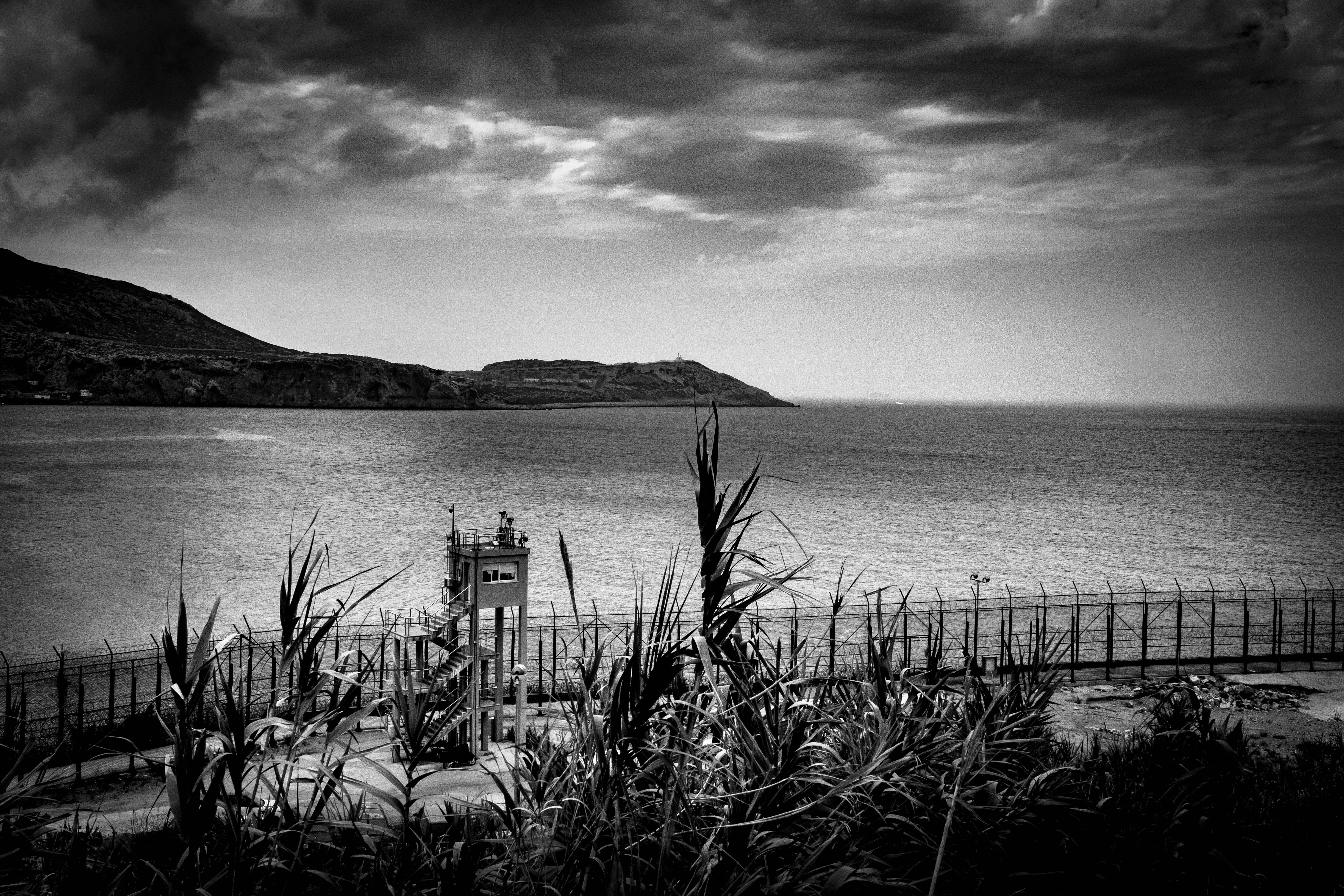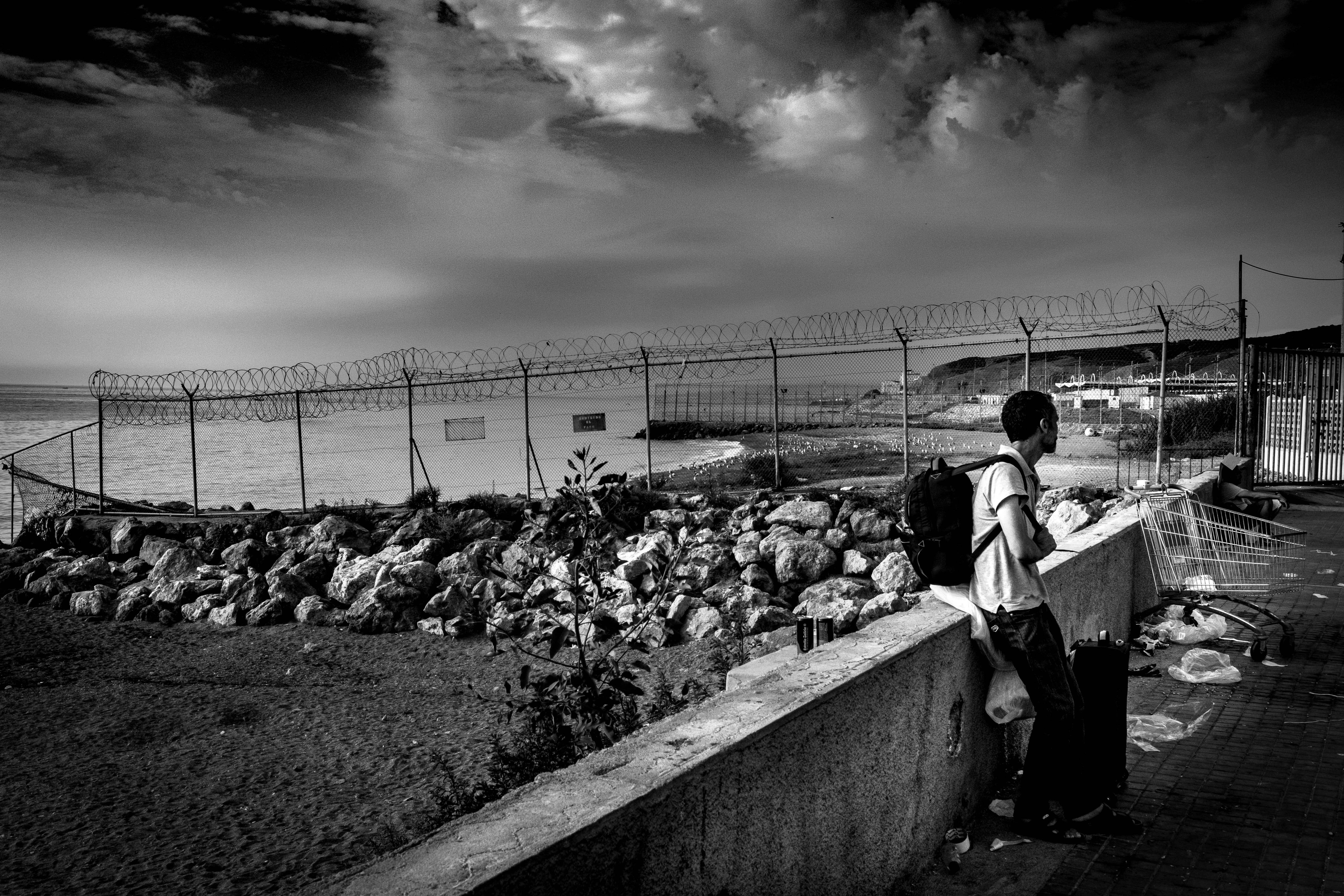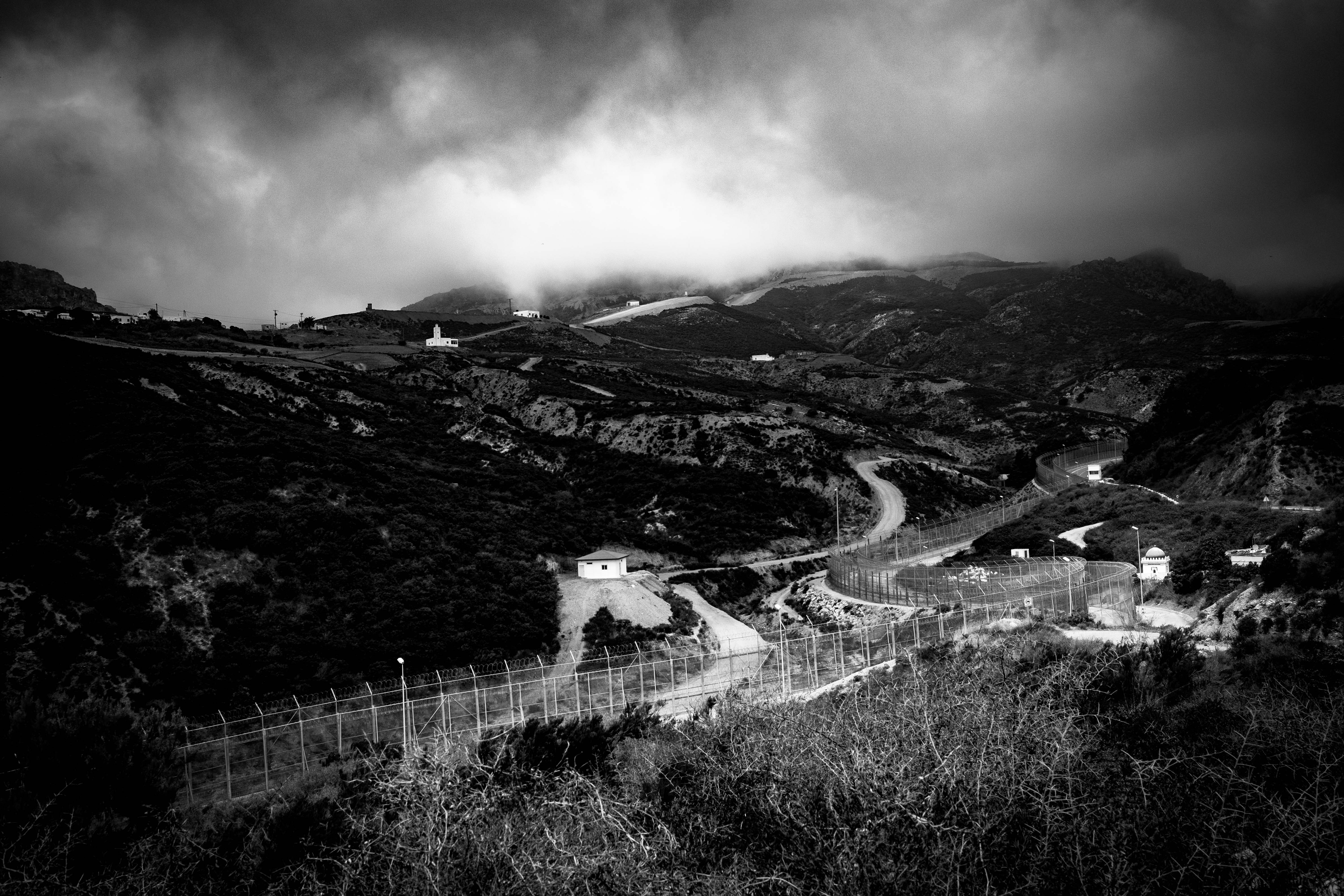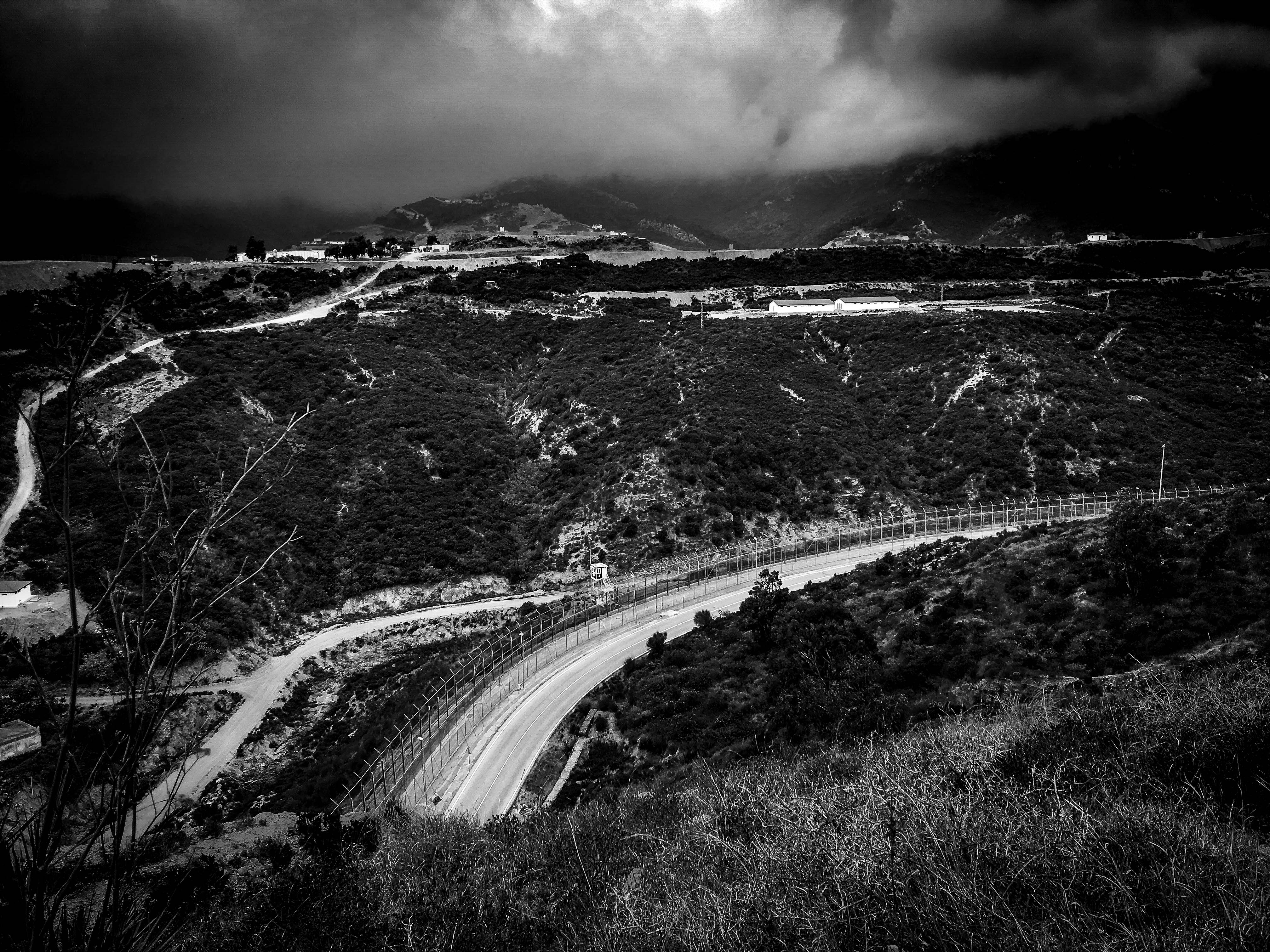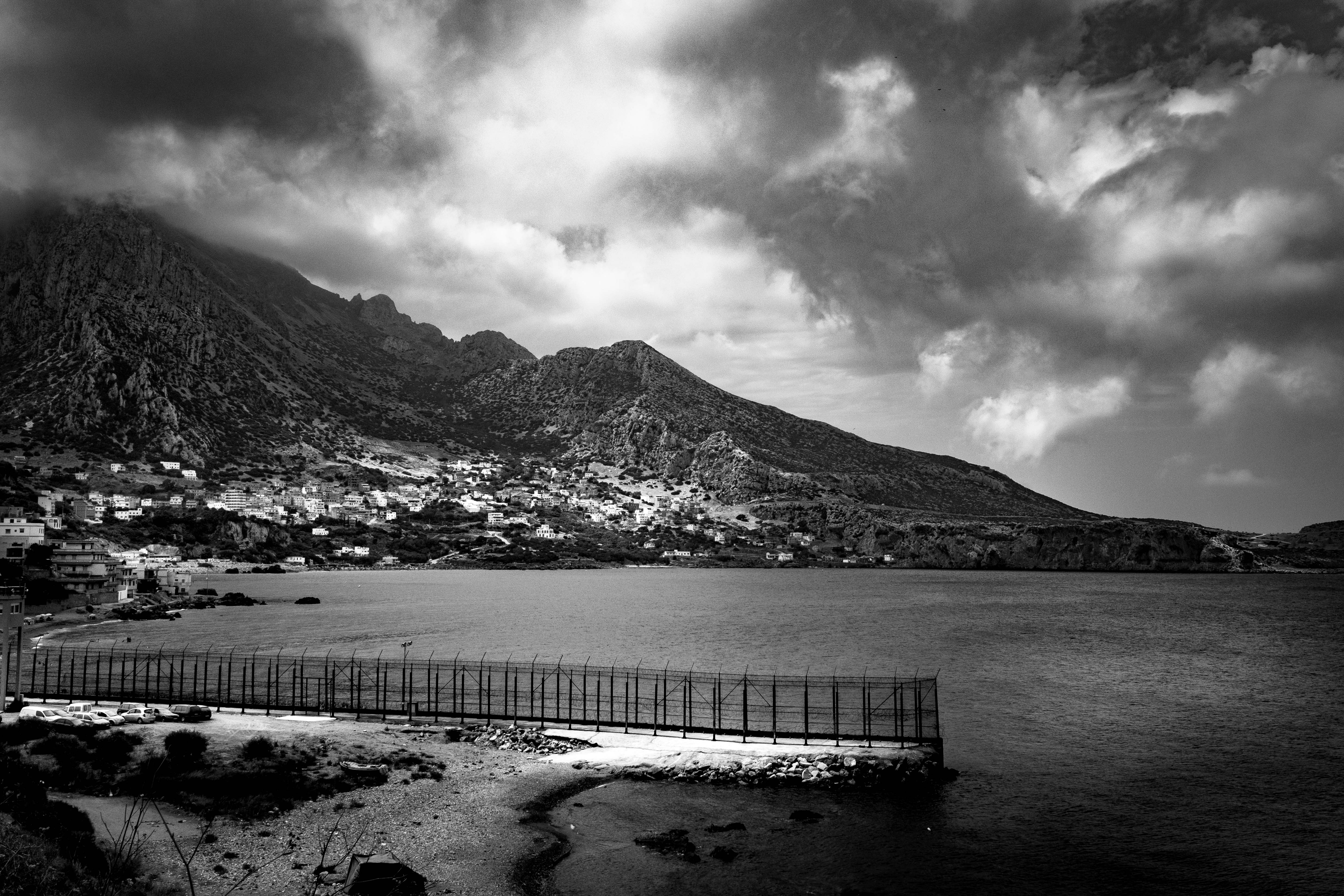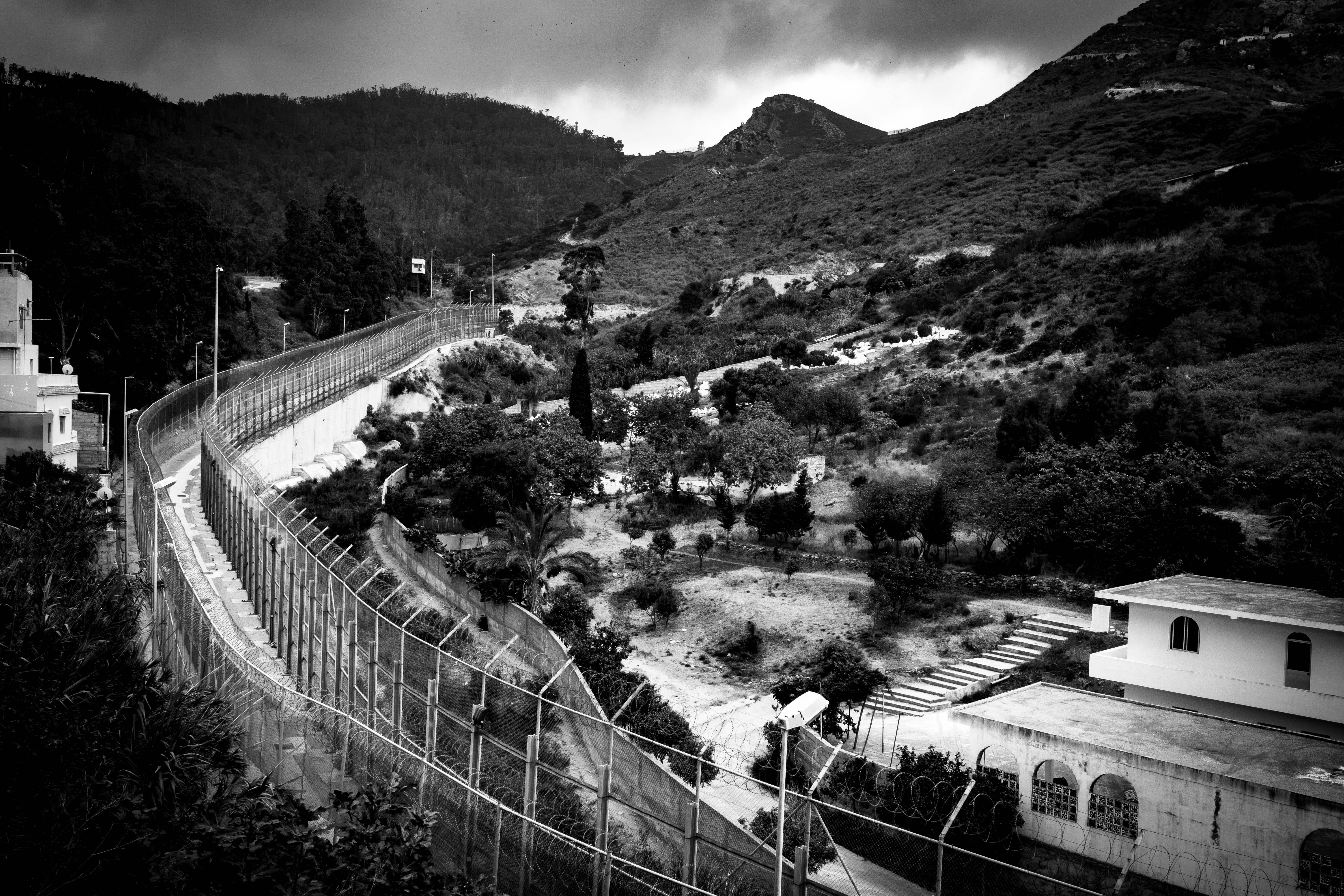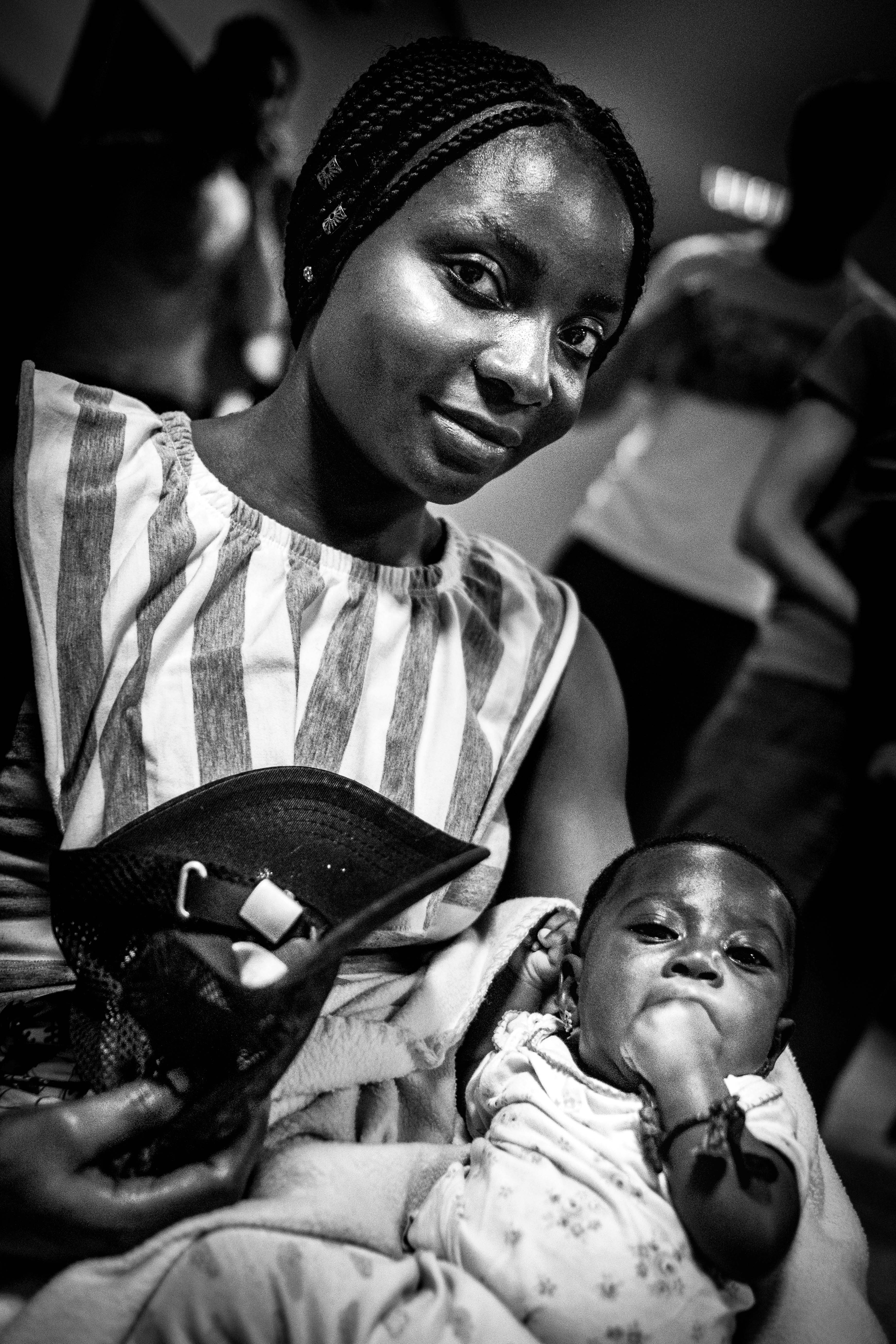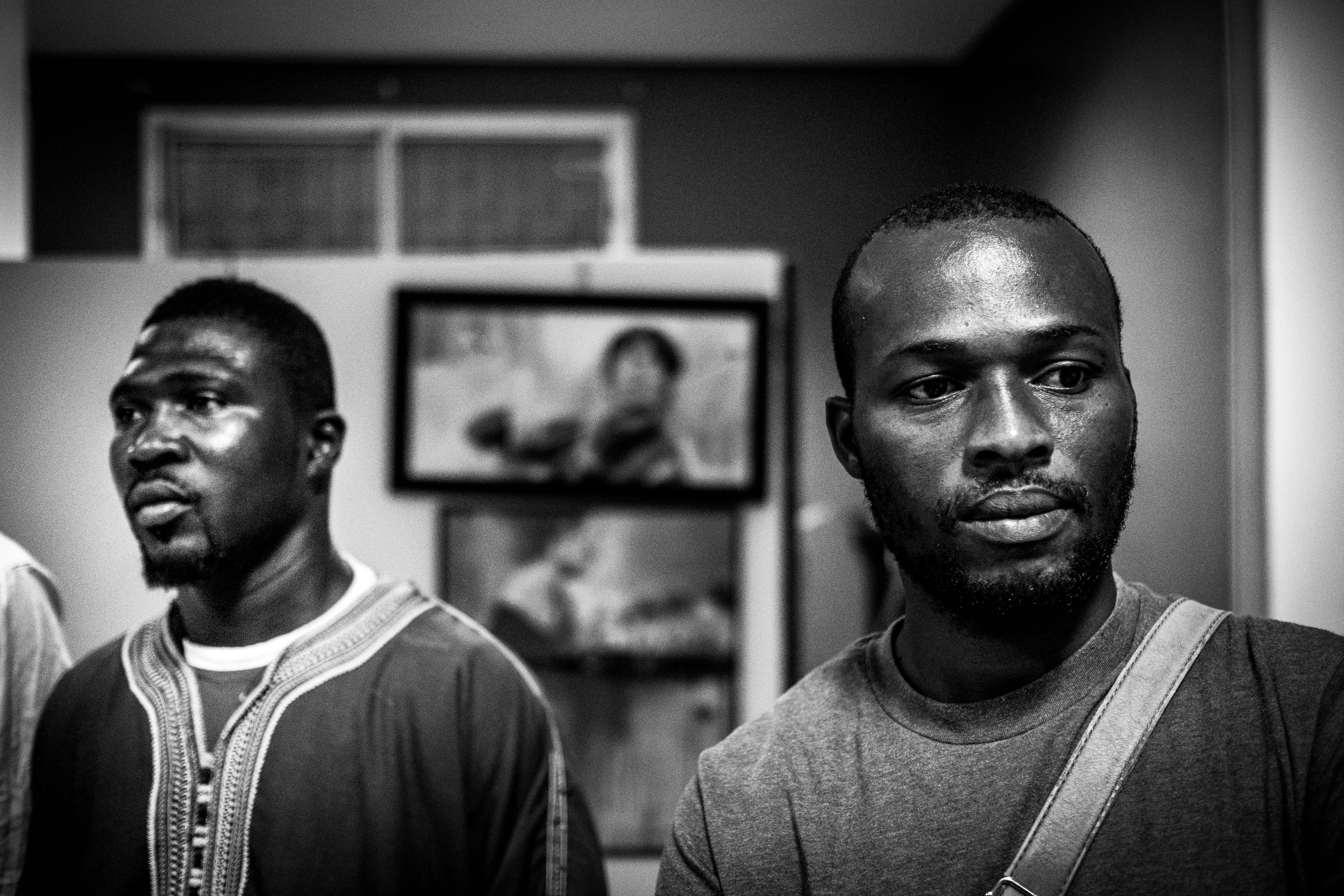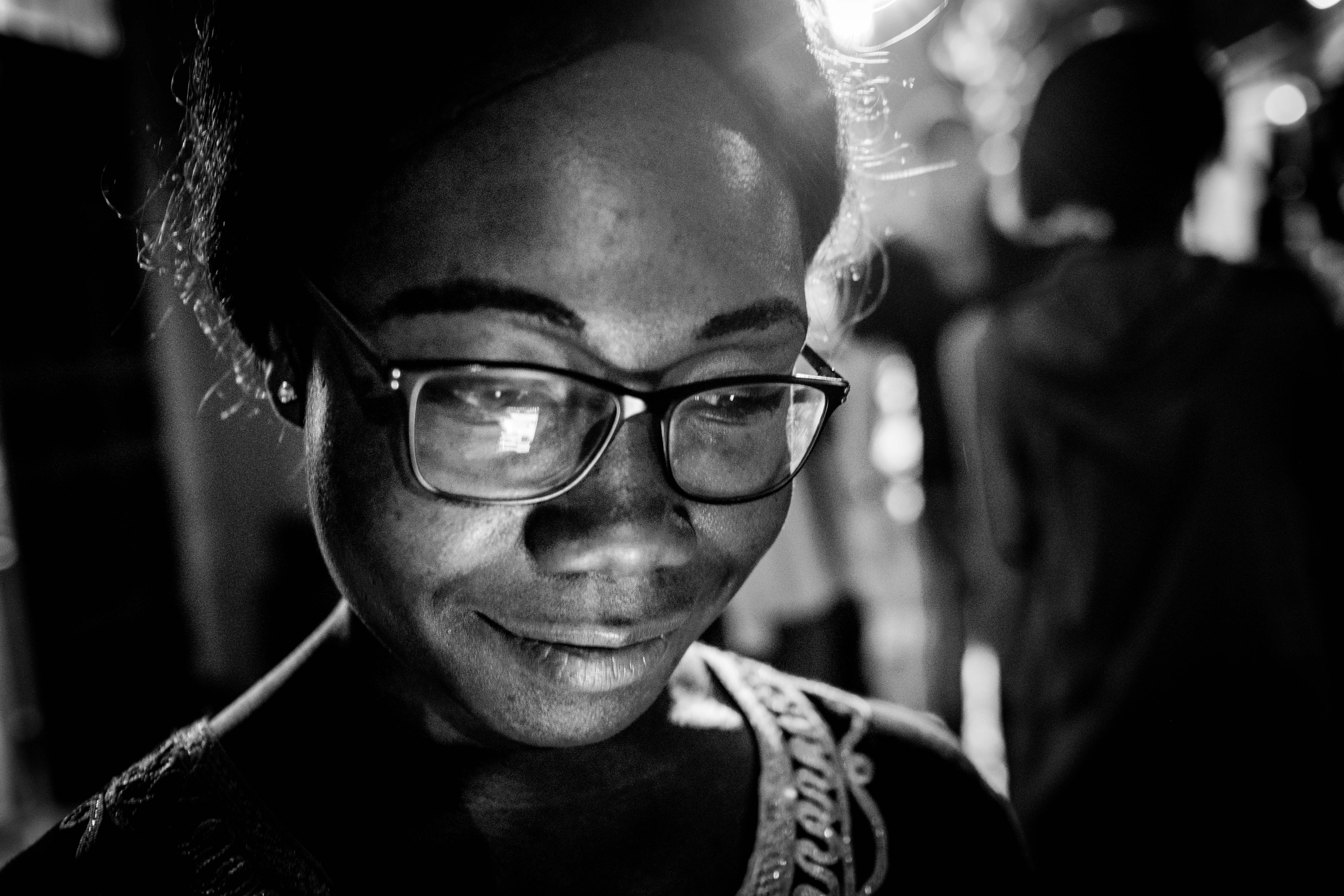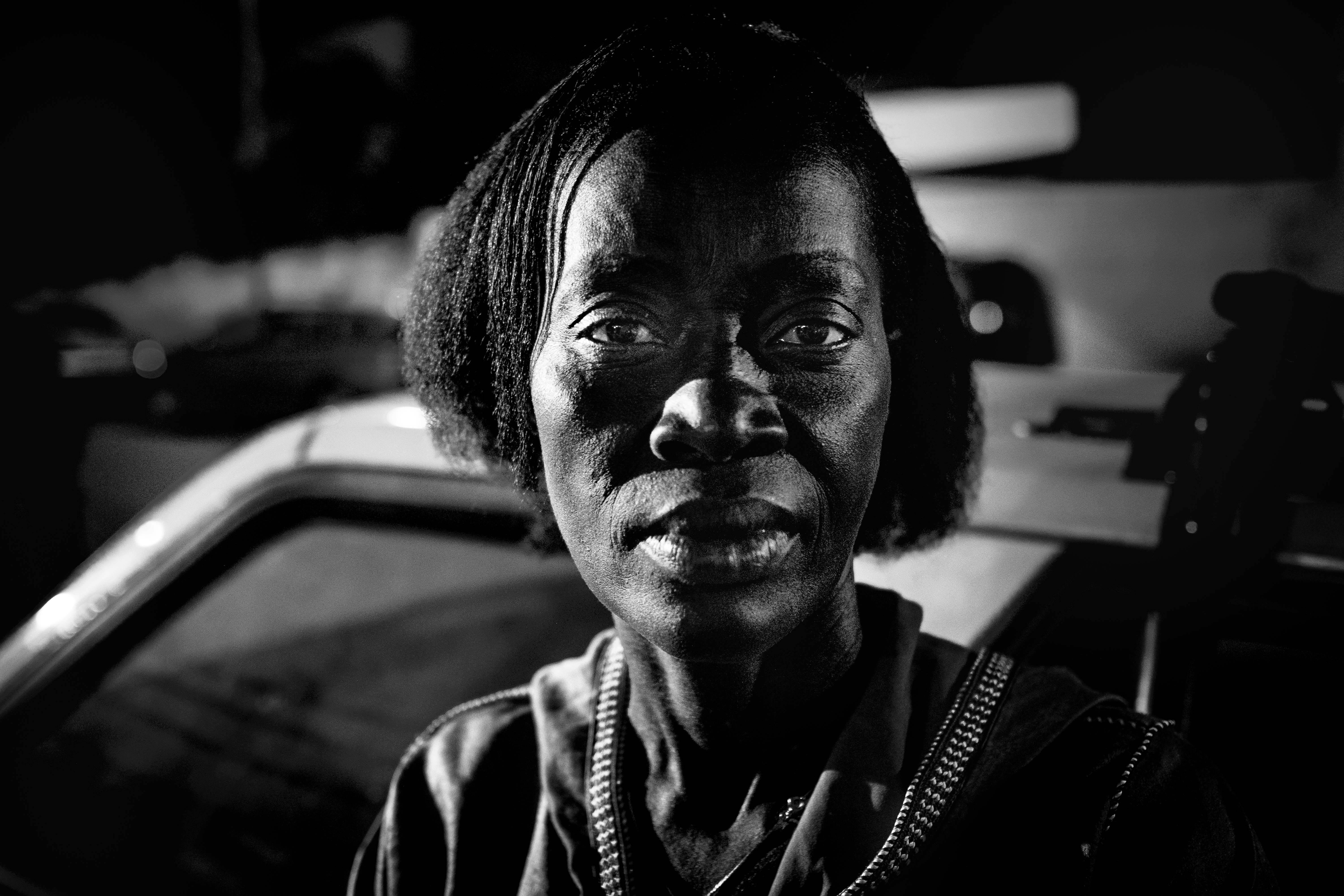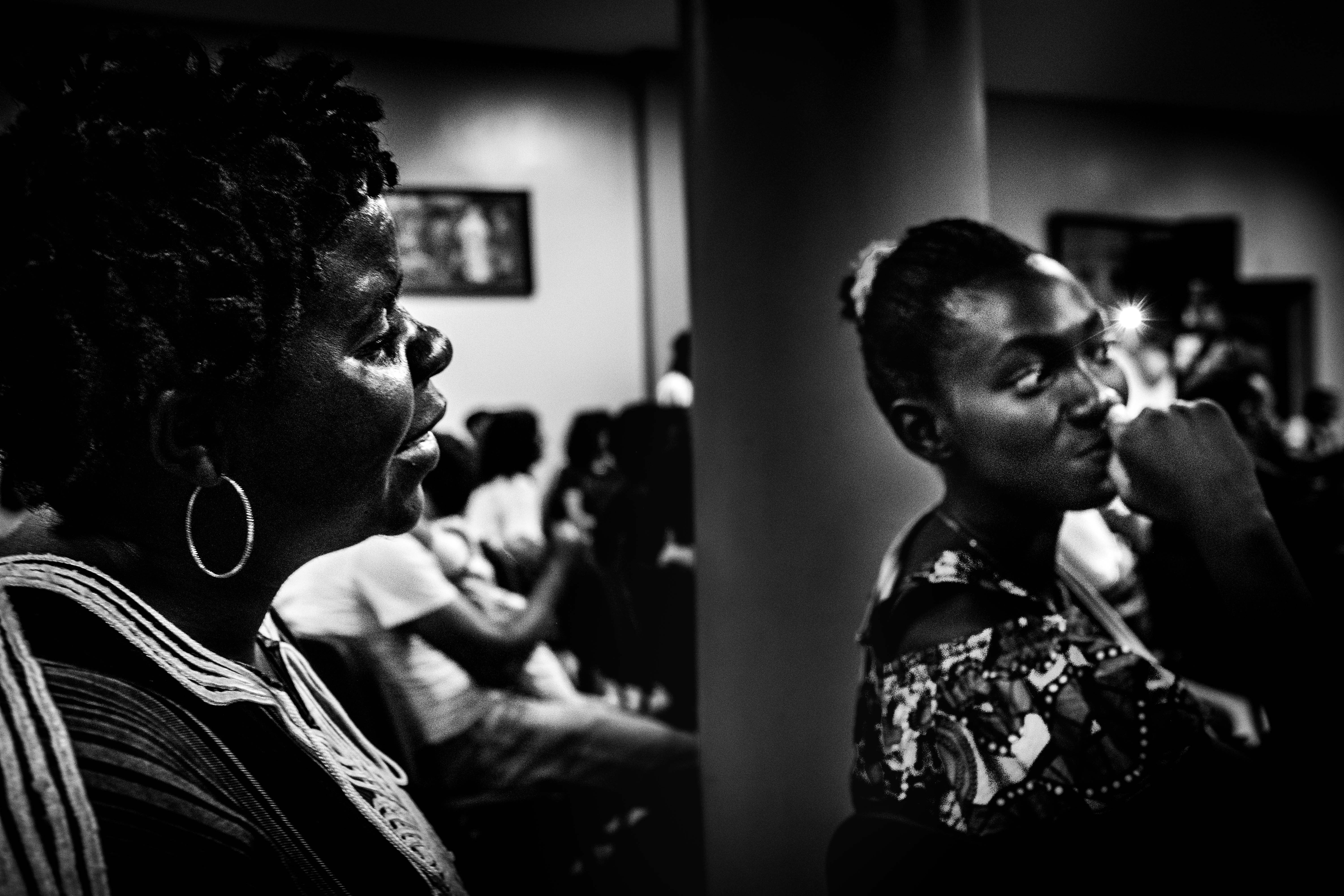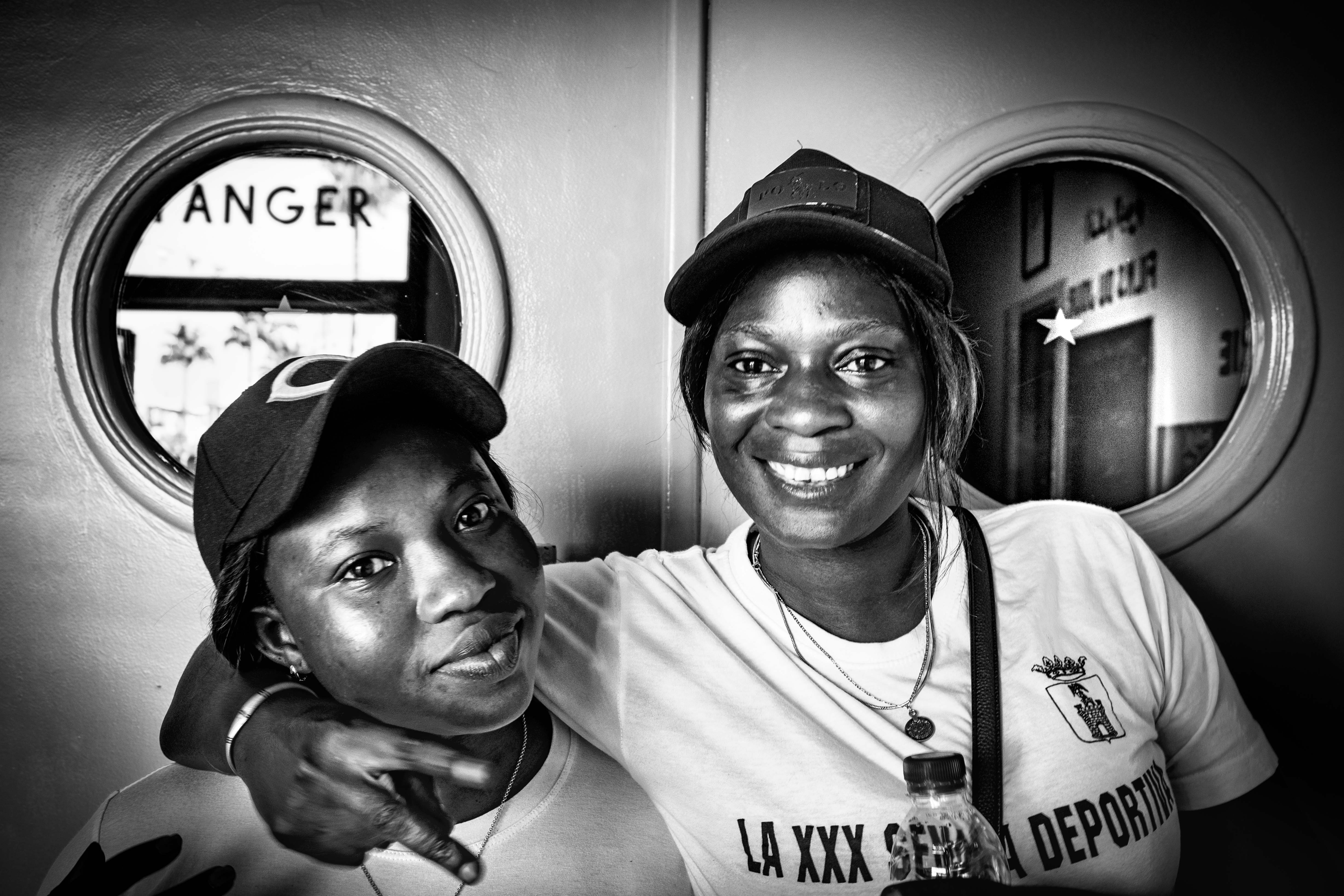Last Border
Spain - Morocco
As the west and central Mediterranean sea routes have become more and more difficult to cross, migrants heading to Europe have been increasingly hit the passageway from Morocco to Spain, through the land route leading to the Spanish enclaves of Ceuta and Melilla in Moroccan grounds. To keep sub Saharan migrants from leaving, Europe has allotted 150 million Euro to Morocco which has been used to put in place two main actions to contain migrating flows. The Moroccan police, together with paramilitary groups, has in fact become the guardian to the western European border, exercising racial profiling practices which involve arresting people in the streets, shops or even taken from their homes. The people arrested, including women and children, are taken to the police station. Regardless of their documents - which are not checked- they are driven by bus to the south as far as possible from the border with Spain, on a forced journey in precarious conditions. Such “migrants hunt” forces people to hide in the woods around Ceuta and Melilla, finding shelter in abandoned houses or wherever shelter can be found, regardless of living conditions. They keep hiding until the decide to cross over the “the carrera” which is the metallic wall separating Ceuta from Morocco, that is Africa from Europe. The metallic barrier has been designed and built by Spain and co-financed by the European Union at the end of the 90s and worth 30 million euros. The 6-metre tall and 9-metre long barrier bears maintenance costs of 22 thousand euros a day. To make it even more impregnable, it is topped with sharp razor blades impossible to overcome without getting injured. Khadija and Safi got cut while unsuccessfully trying to jump over the wall. In telling their experience the say: “there’s nothing more dangerous than what we have left behind, that’s why a turning back in not an option and one way or another, soon or later we’ll get to Europe”. These are just some of the stories of the many youngsters who undertake the same journey. Among them, Drigo, an Ivorian citizen who’s been in Morocco for six months willing to get to Europe in order to get a job and set up a football training centre in his county for children living in the streets. Dreams and hopes of people who have been forced out of their countries by war and starvation looking for a second chance, endlessly looking for new routes every time one is closed.
